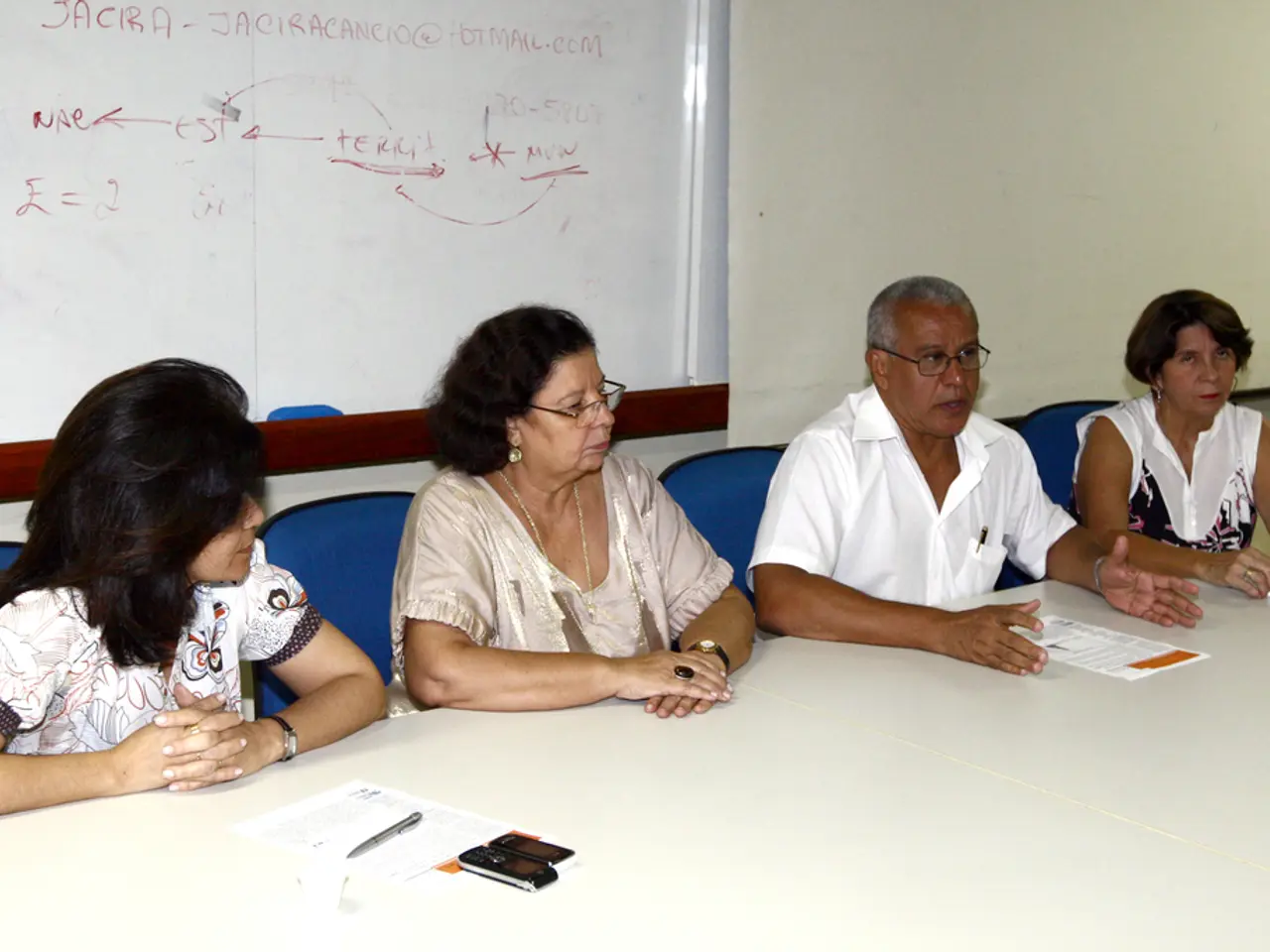Joint assembly or concurrent meeting
The process of the joint sitting of the Indian Parliament, designed to resolve deadlocks between the two houses, has remained a constitutional provision but is sparingly used. This mechanism, outlined in Article 108 of the Constitution of India, allows for the merging of votes from both houses when a bill passed by one house is rejected, indefinitely delayed, or not passed by the other.
Applicability
A joint sitting can be convened at the President's summons, on the Prime Minister's advice, to break the deadlock and pass the bill by a majority vote of the combined membership of both houses. However, it's important to note that money bills, which can only be delayed, not rejected or amended by Rajya Sabha, are exempt from this procedure.
Rationale
The joint sitting mechanism was established to maintain legislative efficiency and prevent legislative paralysis in a bicameral system. By balancing the representation of directly elected Lok Sabha members and indirectly elected Rajya Sabha members, it avoids prolonged deadlock on crucial legislation. The parliamentary system's emphasis on majority governance and legislative pragmatism is reflected here, enabling the government to enact its agenda when there is disagreement between the houses.
Criticisms and Evolution
Joint sittings have been convened only a few times since independence, suggesting that deadlocks are often resolved politically before reaching this stage, or that governments avoid contentious bills. Criticism focuses on the numerical dominance of the Lok Sabha in the joint sitting since it has more members than Rajya Sabha, thus undermining the Rajya Sabha’s role as a revising chamber.
Critics argue that joint sittings reduce the bicameral legislature to a formality that strengthens the ruling party's position and marginalizes minority or opposition voices in the upper house. There is also debate over appropriate use, as some see joint sittings as bypassing the detailed scrutiny and revision function of the Rajya Sabha.
Despite these critiques, no significant changes have occurred in this constitutional provision. The Speaker of Lok Sabha presides over a joint sitting of the two Houses, with the Deputy Speaker presiding in his absence. Three bills have been passed at joint sittings: Dowry Prohibition Bill, 1960, Banking Service Commission (Repeal) Bill, 1977, and Prevention of Terrorism Bill, 2002.
In conclusion, the joint sitting is a tool to resolve parliamentary deadlocks by merging both houses’ votes but remains a rarely used, somewhat controversial tool that reflects the dominance of the House of the People in India’s legislative process. A judicious approach should be adopted in calling for a joint sitting to ensure the balance of power is maintained, and the need for a joint sitting should be assessed on a case-by-case basis to ensure its utility and necessity.
The joint sitting serves as a bridge when bills are deadlocked between the Lok Sabha and Rajya Sabha, allowing for the merging of votes to pass the legislation by a majority vote of the combined membership. The parliamentary system's emphasis on majority governance and legislative pragmatism is exhibited in the policy-and-legislation arena, with the joint sitting mechanism playing a crucial role in the mains of politics.







